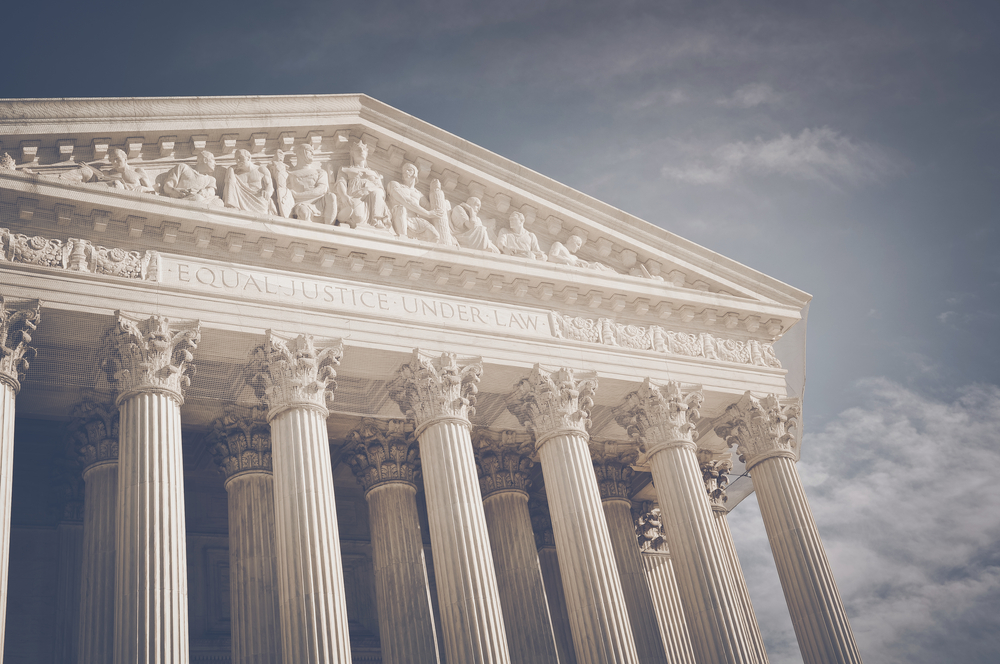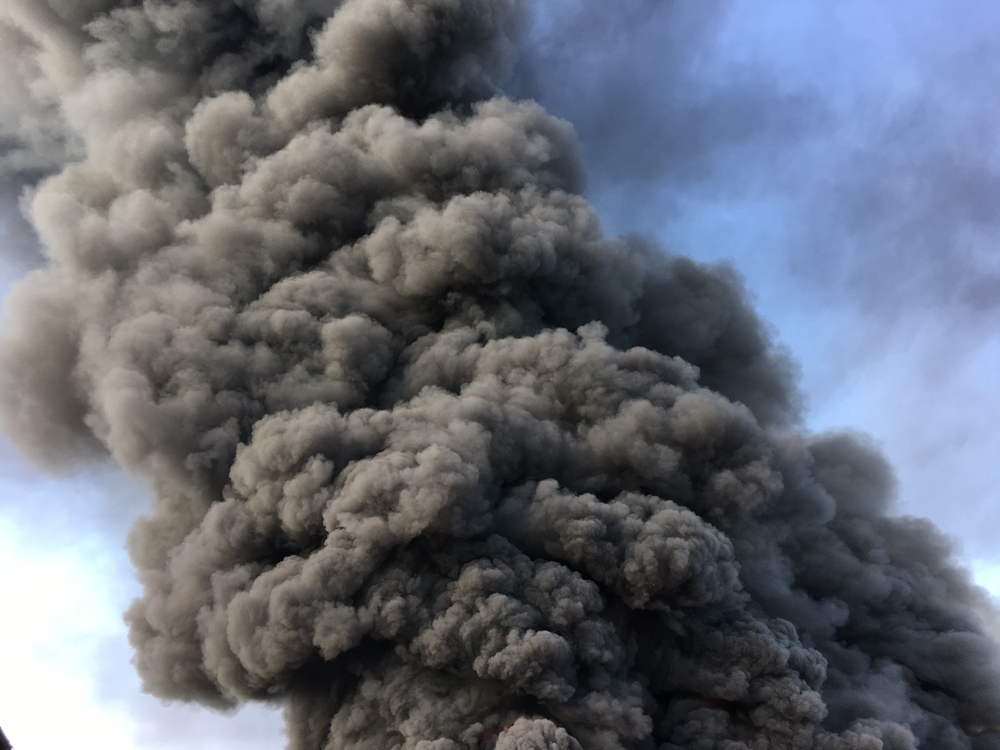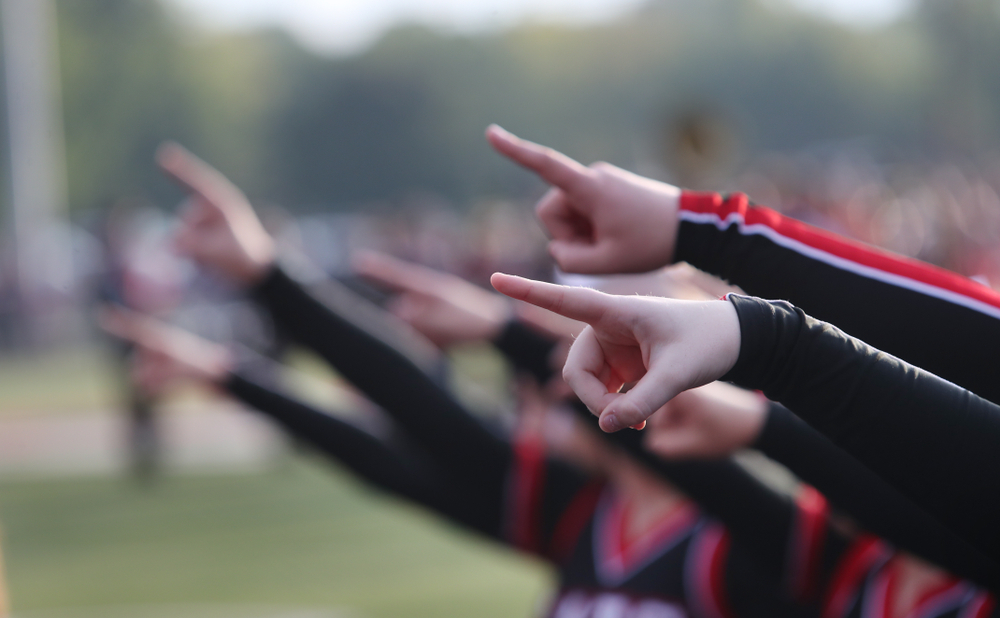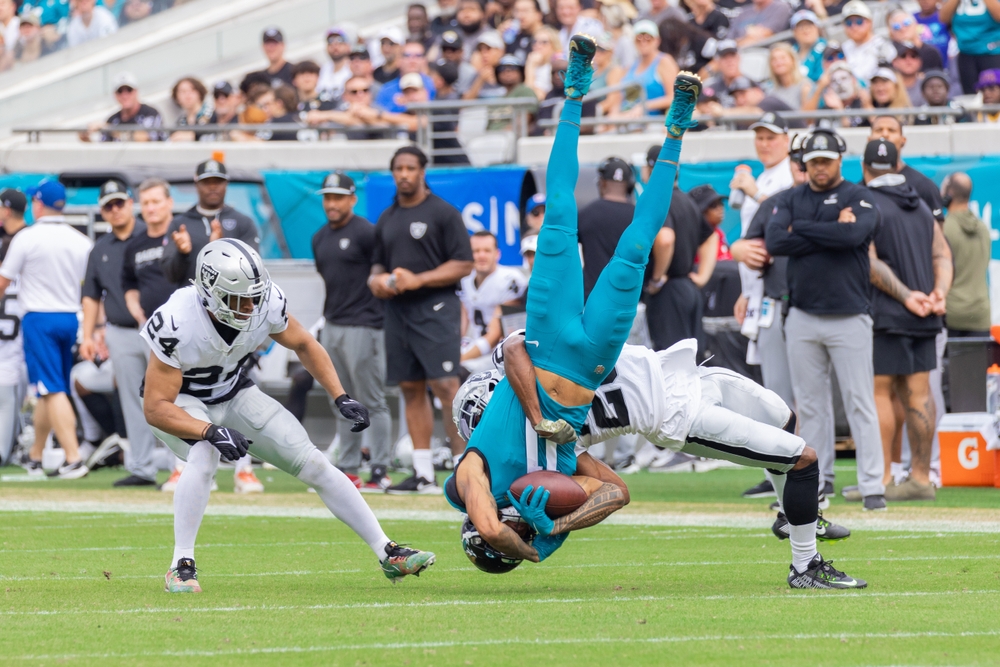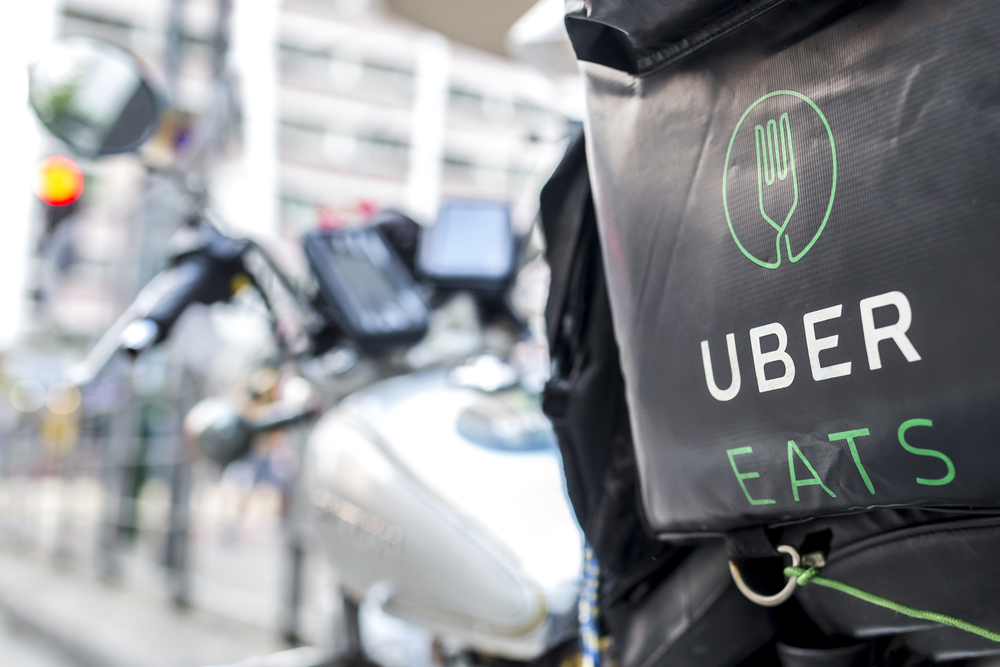Voting rights battle has U.S. Postal Service at the center
The president’s new postmaster general this week backed down on changes to the U.S. Postal Service seen by Democrats, a number of attorneys general and civil rights groups as an attempt to suppress mail-in voting. But it is unclear if Louis DeJoy will undo the policy changes already in place, including the removal of thousands of mailboxes and hundreds of mail-sorting machines.
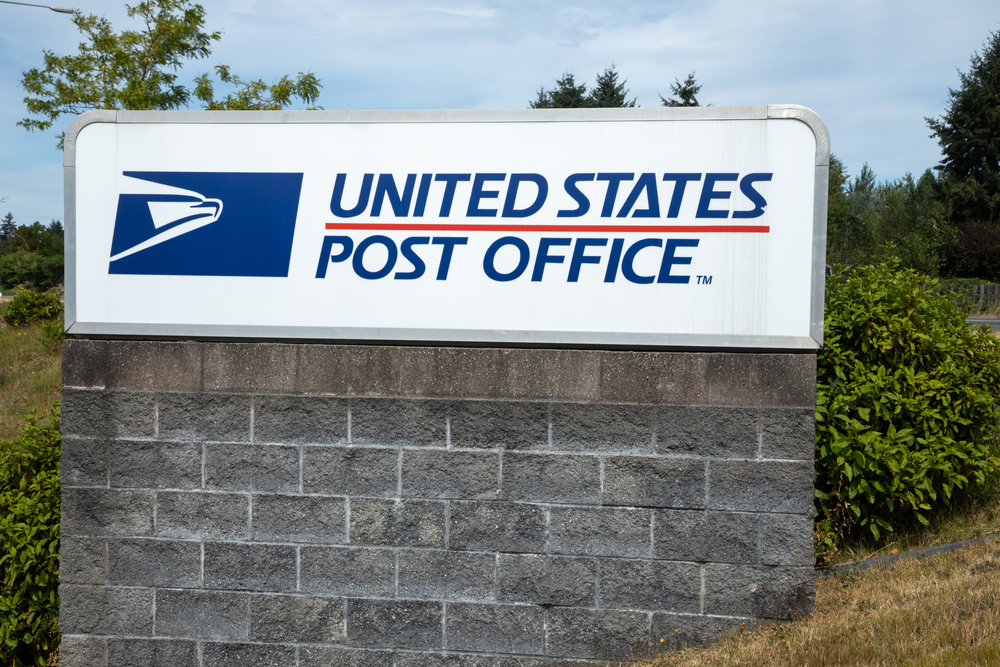
According to the American Postal Workers Union, some machines have already been destroyed and the changes have disrupted and slowed mail distribution.
DeJoy said Tuesday that he would suspend operational changes until after the election, including paying overtime to postal workers and cutting hours at post offices “to avoid even the appearance of any impact on election mail.”
RELATED: Face masks just the latest of public safety battles
RELATED: Equal Rights Amendment lies in legal limbo, as decades of debate continue
President Donald Trump drew the ire of those same groups when he said last week that he plans to withhold $25 billion in funding for the USPS. His comments on mail-in voting opened him to charges that he is deliberately trying to deny voters worried about going to polling stations during the pandemic that has killed more than 170,000 Americans.
House Speaker Nancy Pelosi has launched an emergency effort, asking the House to return to Washington as soon as this weekend. And House Democrats are demanding that DeJoy testify Aug. 24 to answer charges his policy changes were a deliberate effort to slow mail-in voting. He has agreed to testify.
“Lawmakers in both parties and voting rights advocates have accused Mr. DeJoy, a longtime transportation and logistics executive, of making policy changes that jeopardize not only voters’ ability to cast their ballots safely in the general election, but also the delivery of important medicines, paychecks and documents,” the New York Times reported. DeJoy has continuing financial ties with at least one company that stands to gain from his work with USPS.
A major Republican donor, DeJoy continues to hold an investment of $25 million to $50 million in XPO Logistics, a company that does business with USPS. He received $1.2 million to $7 million in income from the company where he served as chief executive of the company’s supply chain from 2015 to 2018, according to the Times.
XPO assists USPS during busy shipping periods including around the holidays and from bulk package shipments from fulfillment centers.
Voting rights groups are watchful
Voting advocacy groups are on high alert and watching for other potential voter suppression tactics across the country.
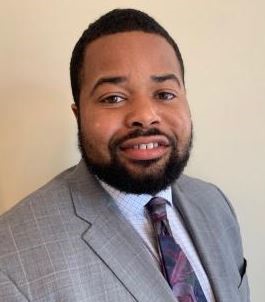
Caleb Jackson, a lawyer with the nonprofit Campaign Legal Center, said, “We definitely think this is a huge issue. We are not comfortable with these changes at all.”
Jackson said several advocacy groups are considering litigation against the USPS. They include the Campaign Legal Center, which bills itself as an organization “fighting for every American’s right to participate in the democratic process.”
“This is a textbook example of voter suppression,” he said. “There have been other efforts trying to challenge the authenticity of other methods, like drop boxes to use for absentee ballots. … We will be watching the effort to limit drop boxes and alternative methods of voting.”
Several weeks ago, Ohio Secretary of State Frank LaRose, a Republican, asked Ohio Attorney General Dave Yost, also Republican, for a legal opinion on whether state law allows extra ballot drop boxes. LaRose said last week at a news conference that he had yet to receive the opinion. He added that it is now too late to make changes on how his state will administer this year’s presidential election.
“What I decided was instead of waiting for continued legal analysis, was to move forward to say we are not going to allow additional drop boxes for this election,” LaRose said, according to The Hill. “With under three months to go until Election Day, I don’t think it’s time to change the way we have done things here in Ohio and add new drop boxes and questions about the validity of that.”
Other states are concerned over such limitations.
“Trump’s rhetoric alarms Kim Wyman, the secretary of state of Washington, one of a handful of states that vote almost entirely by mail,” NPR reported. “A growing number of states are embracing mail-in voting — which is essentially the same as absentee voting — over fears that going to polling stations could increase exposure to the coronavirus. ‘I think it really shatters peoples’ confidence in the process,’” Wyman, a Republican, said in an interview with All Things Considered. ‘We need to make sure we’re inspiring confidence in the public that this is a fair election. And the way you do that is balancing access and security.’”
Wyman said her state has seen an exceptionally low incidence of voter fraud, despite its massive vote-by-mail effort and Trump’s undocumented claims of fraud.
And while Ohio is limiting drop boxes to one for each county, other states are rethinking vote-by-mail strategies. Some are “seeking to bypass the post office with ballot drop boxes, drive-through drop-offs or expanded in-person voting options, despite the coronavirus pandemic,” the New York Times reported.
“This year is super challenging,” Jackson said, especially mixing a pandemic with a presidential election.
Other voting rights issues
Beyond the concerns over changes at the postal service, there remain other examples of suspected voter suppression.
In Alabama, the NAACP Legal Defense and Education Fund is seeking a rehearing from a federal appeals court in its lawsuit challenging that state’s photo ID law as racially discriminatory. Alabama requires mail-in voters to print out a copy of their ID to mail with their ballots. This leaves many voters in a lurch because they do not have access to printers, advocates say.
“In July, a three-judge panel of the 11th U.S. Circuit Court of Appeals issued a split decision to uphold a lower court order that dismissed a lawsuit filed by minority voters challenging the law,” the New York Times reported. “The petition filed Monday asks for an en banc rehearing by all of the judges of the court.”
Alabama lawmakers have required voters to show government IDs since 2014. Government IDs are also used at polling places in Florida. If a voter in that state does not have a government-issued ID, they must fill out a provisional ballot and the signature is compared to the one on file. In Texas, a photo ID is requested. Voters who do not possess one and cannot obtain one, may present a supporting form of ID and execute a Reasonable Impediment Declaration. Numerous other states have similar rules in place.
The Brennan Center for Justice, which “works to build an America that is democratic, just and free,” released a new report this month identifying troubling voter purge trends.
Some of those trends began after the Supreme Court ruled in 2013 that Section 4 of the Voting Rights Act is unconstitutional. That section required specific jurisdictions considered most prone to racial discrimination to submit voting or polling changes for review by the U.S. District Court for the District of Columbia or the Attorney General, among other requirements. But no more, due to the Supreme Court ruling.
That left open the door for officials in areas previously considered at risk of voter suppression to make changes at will, which has included closing precincts, requiring voter IDs and limiting early voting.
Between 2016 and 2018, according to the Brennan report, at least 17 million voters were purged from the rolls.
Common voter suppression tactics
According to the Carnegie Corp. of New York, which promotes the advancement of knowledge and strength in the U.S. democracy, these are some of the most common tactics used to suppress the vote:
- Voter ID requirements. Election officials use false claims of rampant voter fraud to justify strict requirements like a photo ID and also laws requiring a physical street address, which is difficult for Native Americans living on reservations.
- Lack of language access. Voting rights groups still receive reports that local jurisdictions are not translating materials or offering language assistance as required by law.
- Voter roll purges. Officials conduct indiscriminate “purges” of voter lists, deleting millions of eligible voters’ names, often with a disproportionate impact on communities of color.
- Polling place closures/consolidations. USA Today reported that election officials have closed thousands of polling places, largely affecting communities of color.
- Lack of funding for elections. A lack of funding inhibits management of elections that ensure everyone’s vote counts equally.
- Provisional ballot requirements. Federal law allows voters whose eligibility is in question to use a provisional ballot to be counted once the voter is confirmed eligible, but some are turned away or their ballots are not being counted.
- Reduced early voting. Officials across the nation have recently curtailed early voting, largely affecting communities of color.
- Reduced voting hours. Like limiting early voting, reducing voting hours can make voting less convenient, and even impossible, for many voters
- Poorly trained poll workers. Poll workers need good training to follow the right policies like properly checking IDs, giving language assistance, identifying voter intimidation, and offering provisional ballots.
- Partisan election administrators. Our country’s highly decentralized election system gives responsibility for managing elections to state and local administrators Some of them are partisan officials with a clear interest in election outcomes favorable to their parties and candidates.
- Creation of at-large local offices to dilute the minority vote.










